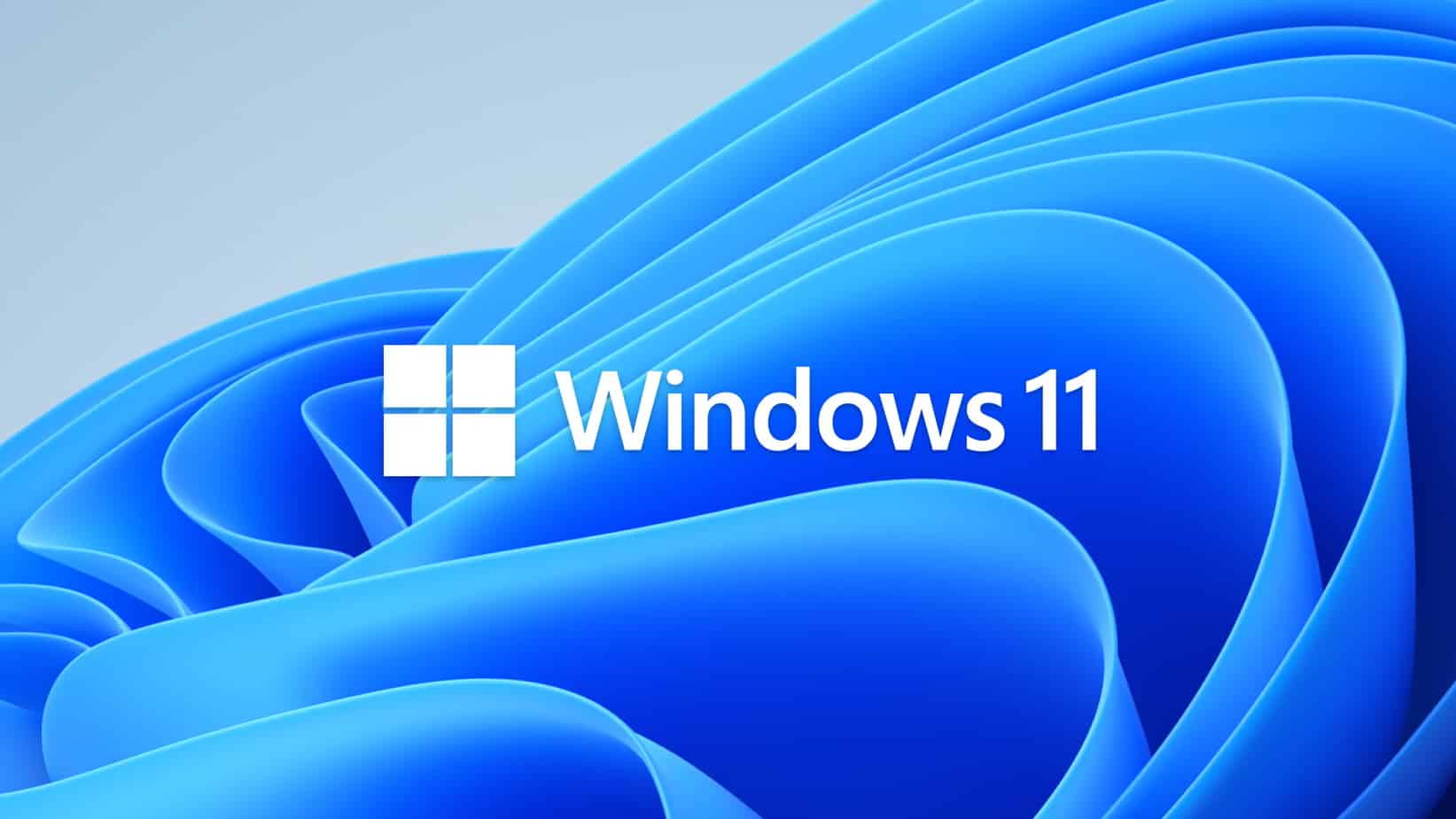How To Update Windows 11

Table of Contents
While bandwidth sapping downloads, the occasional restart and accompanying ‘Working on updates’ screen can kill your computing flow, especially when you have a pressing task to plow through, periodic updates are a necessary and integral part of the Windows 10 experience. Microsoft looks set to carry them over to its newly-announced, sleek, smooth-curved Windows 11 operating system.
Windows 11’s extensive visual overhaul may look like a significant refresh, but much of the operating system’s inner workings remain essentially unchanged, including Windows Update. However, Microsoft has promised some major changes to how and when it provides updates for Windows 11.
Firstly, the company is pivoting to a single annual feature update instead of the twice-a-year cycle for Windows 10. Secondly, Microsoft aims for cumulative updates to be 40% smaller in size with a more streamlined update process and a new feature advising an estimated time for the update/restart process for updates that necessitate a restart based on your PC’s hardware.
All good news in our book and one that should take much of the mysticism out of how long we have to stare despondently at that sluggish percentage ticker and those swirling white dots. Overall, the user experience looks to be less intrusive and more considerate of our time.
If you are curious about how to turn on automatic updates or update Windows 11 manually ahead of the OS’s big launch later this year, you’ve come to the right place.
How To Update Windows 11
Turn on Automatic Updates
While Windows Update can be a bit of a pain, Windows 11 will do an excellent job of automating the whole process to let you get on with what matters. By default, automatic updates are turned on in Windows 11, but if there’s been a hiccup somewhere, here’s how to turn them back on.
Step 1: Navigate to Settings.
There are multiple ways to do this in Windows 11:
- Tap the Windows key or click the Start Menu icon, then select the ‘Settings’ cogwheel from the pinned shortcuts.
- Click the ‘Search’ magnifying glass on the re-positioned Windows 11 taskbar and type in ‘Settings,’ then click on the first ‘Best Match’ result of the same name.
Step 2: In the Settings window, select Windows Update from the options in the list on the left-hand side.
Step 3: Click on Advanced Options. (As it stands, the Windows Updates tab looks identical to Windows 10. Microsoft may jazz things up between now and launch, though, but we expect the layout to be more or less the same.)
Step 4: Click on Resume Updates. Windows 11 is now set to automatically search for and download updates unless you decide to trigger a pause period (presumably up to 35 days, matching the current pause period limit in Windows 10).
Manually Update Windows 11
Step 1: Navigate to Settings.
There are multiple ways to do this in Windows 11:
- Tap the Windows key or click the Start Menu icon, then select the ‘Settings’ cogwheel from the pinned shortcuts.
- Click the ‘Search’ magnifying glass on the re-positioned Windows 11 taskbar and type in ‘Settings,’ then click on the first ‘Best Match’ result of the same name.
Step 2: In the Settings window, select Windows Update from the options in the list on the left-hand side.
Step 3: Click on Check for updates. After some behind-the-scenes back and forth with Microsoft, Windows 11 will let you know whether any updates are available and set to work. You may receive a prompt to restart your PC on the Windows Update tab to complete the update process, too.
Summary
So, there you have it: updating Windows 11 will be all too familiar to those who’ve spent some time with Windows 10, albeit with spiced up and redesigned menus and visuals.
With Windows Update dialed to automatic, you can leave it to tick away and do its thing, safe in the knowledge you’re receiving the latest improvements and tweaks to keep Windows 11 running fast and secure. If for some reason automatic updates are off, you now know how to give them a gentle nudge or prompt your PC to search for any new updates that may be waiting in the wings.
Any questions, concerns, or comments? Get in touch via the comments section below, and we’ll be sure to assemble our collective expertise to source an answer.
We also have a trove of Windows 11 related articles to walk you through everything from updating from Windows 10 to Windows 11 or even how to install and set up a brand new copy of Windows 11 on a Raspberry Pi 4. Be sure to dip into these for answers to all those pressing Windows 11 questions.
